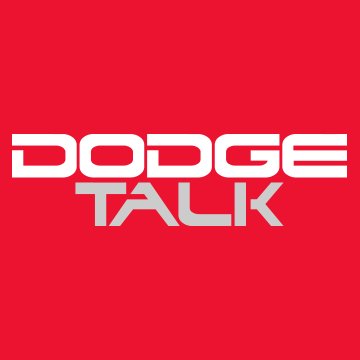I agree with a lot of the above but I'll throw out some more factors: OHC engines have lighter valve trains - no pushrods and often no rockers and lighter lifters or followers. With the lighter valve train, they require less valve spring tension. Because the engine is squeezing weaker valve springs, the mechanical resistance of the engine is less and this adds to gas mileage and power.
With an OHC engine, it's easier to engineer 3, 4 or more valve per cylinder configurations because it's easier to position the valves without involving complicated valve trains, especially with twin cams. An example if this is the various iterations of our own Chrysler Hemi. They have some pretty long rockers to reach the valves when they are at such a large angle to each other. On an OHV wedge motor with inline valves (like Chevy), this isn't such a big deal. But the heavy rockers and complicated valve train geometry on a Hemi take a stiffer valve spring to keep valve float under control.
Though a well designed 2 valve/cylinder engine might flow better than a poorly designed 4 valve/cylinder motor, all things being equal the one with more valves can have a broader power range and/or more high RPM power. It's just easier to move a bunch of small columns of air into the engine than fewer big ones. Air(and exhaust) has inertia, too, and smaller amounts are easier to stop and start. And of course, the simple,light valve train parts of an OHC engine can allow for a lot of RPM without valve float.
A big disadvantage to the OHC engines is the way the camshafts are run when they are that far from the crank. It takes long belts or long chains, either of which will generally stretch - a lot. This requires belt or chain tensioners, etc., adding to the complexity and cost of the motor, not to mention the cost of service. Many OHC engines with cam belts need to have them changed by 100K miles or so. OHV engines, which generally use short chains, can often go the life of the vehicle without any service in this area (I'm not going to touch the 5.7 Challenger timing chain controversy). When an OHC engine tosses a timing belt, at the least, the car quits, and at the most you have an engine full of bent valves and other damage. OHC engines with chains have problems, too. It's not unusual for the chains to stretch so much on high mileage engines that they wear through their housings. Talk about a serious oil leak! And if you have a V-Type engine, you have to have twice the number of camshafts and the parts to drive them. I'm really surprised that Ford made the move of making their V-8's OHC, as it costs a lot more per engine. Then again, Chrylser made the move with their new corporate V-6.
Just some things to think about. IMHO, the perfect motor would be OHC with 4 or 5 valves/cylinder, variable valve timing/lift and a bulletproof way of driving the cams - or maybe no cams at all if electronically activated valves get perfected.
Bill






